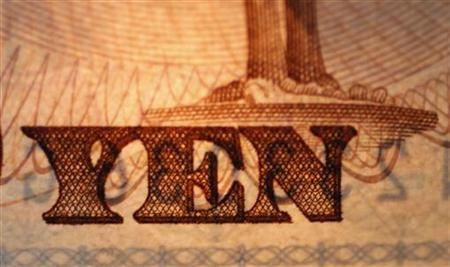Bank Of Japan Further Eases Monetary Policy, Raises Asset Purchase Programme To $494 Billion

The Bank of Japan said Friday that it was further easing the monetary policy so that the economy could recover from deflation and grow more strongly.
The central bank raised the asset purchase programme to 40 trillion yen ($494 billion) from 30 trillion yen. The current announcement of easing, which is the second in just over two months, is seen as a response to political pressure to fight deflation.
The 10 trillion yen ($124 billion) increase in the ceiling for outright purchases of Japanese Government Bonds (JGB) announced under the Bank of Japan's Asset Purchase Program (APP) was at the high end of market expectations.
At the same time, analysts say that this second round of asset purchase is not likely to make much difference to the outlook, either for Japan’s currency or the economy, as financial conditions are already very easy.
“The Bank has actually scaled back the other main element of the APP, cutting the amount available under its 6-month lending program by 5 trillion yen. It cited weak demand, but this simply underlines the fact that there is little evidence that Japan's recovery is being held back by problems with the cost or availability of credit,” Julian Jessop of Capital Economics said.
The easing in February certainly helped in weakening the yen and lifting confidence in equity markets, but this success was mainly due to the earlier than anticipated timing and the larger size of the increase in asset purchases. So even if the BOJ does loosen further at the end of this month, which is by no means certain, the markets may still be disappointed with the results.
Additional monetary easing alone is unlikely to prevent a renewed appreciation in the yen in the event of a further escalation of the crisis in the eurozone. Earlier this month Japan reported a record trade deficit of 4.41 trillion yen ($54 billion) for fiscal year 2011 as exports tumbled on account of the falling global demand and a nuclear energy crisis that resulted in the rise of oil and gas imports.
The monetary easing from the central bank report comes when the Japanese economy looks set to return to growth in the first quarter after contracting in four of the last five quarters. The economy should continue to expand over the rest of the year as reconstruction-related expenditure drives the GDP. Already the International Monetary Fund upgraded its forecast on Japan to 2 percent from its earlier 1.7 percent projection.
However, aside from the boost from reconstruction spending, which largely reflects the replacement of lost assets, economic fundamentals are relatively weak, although they are on an improving trend.
© Copyright IBTimes 2024. All rights reserved.




















